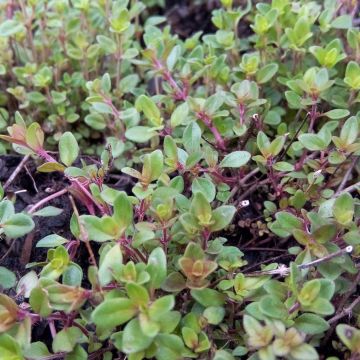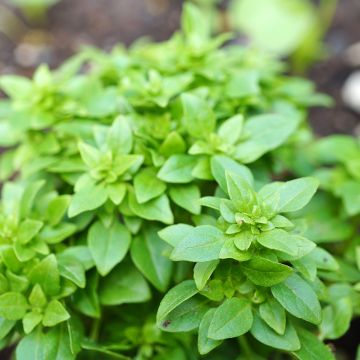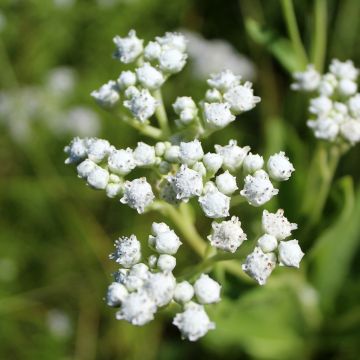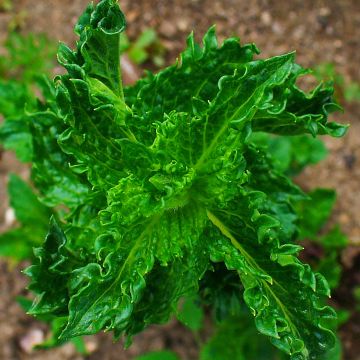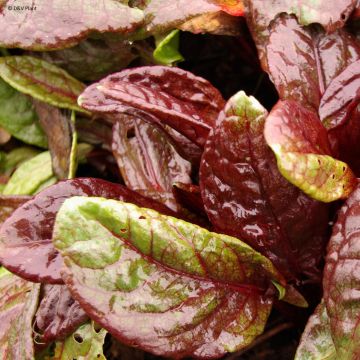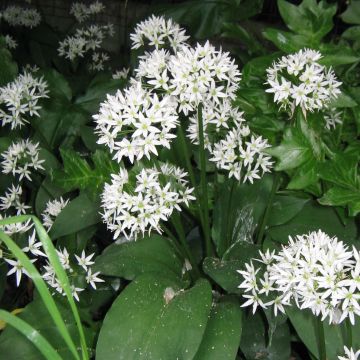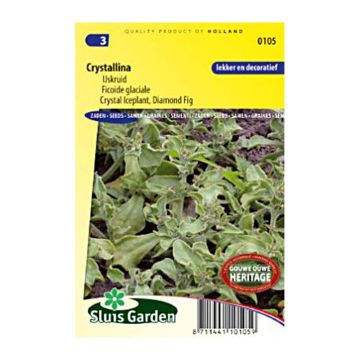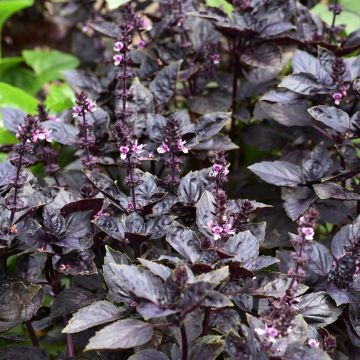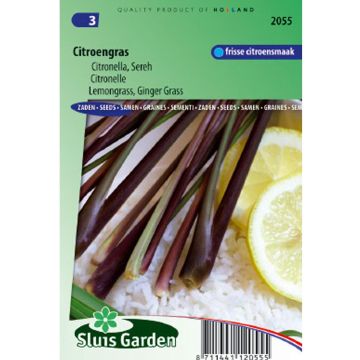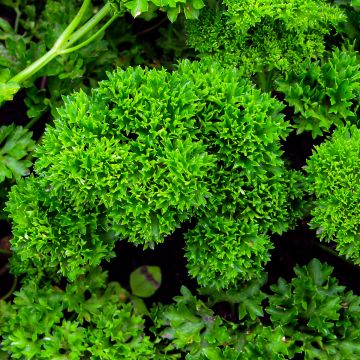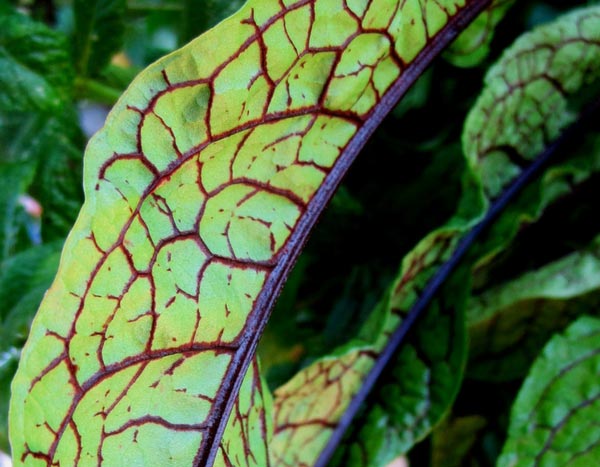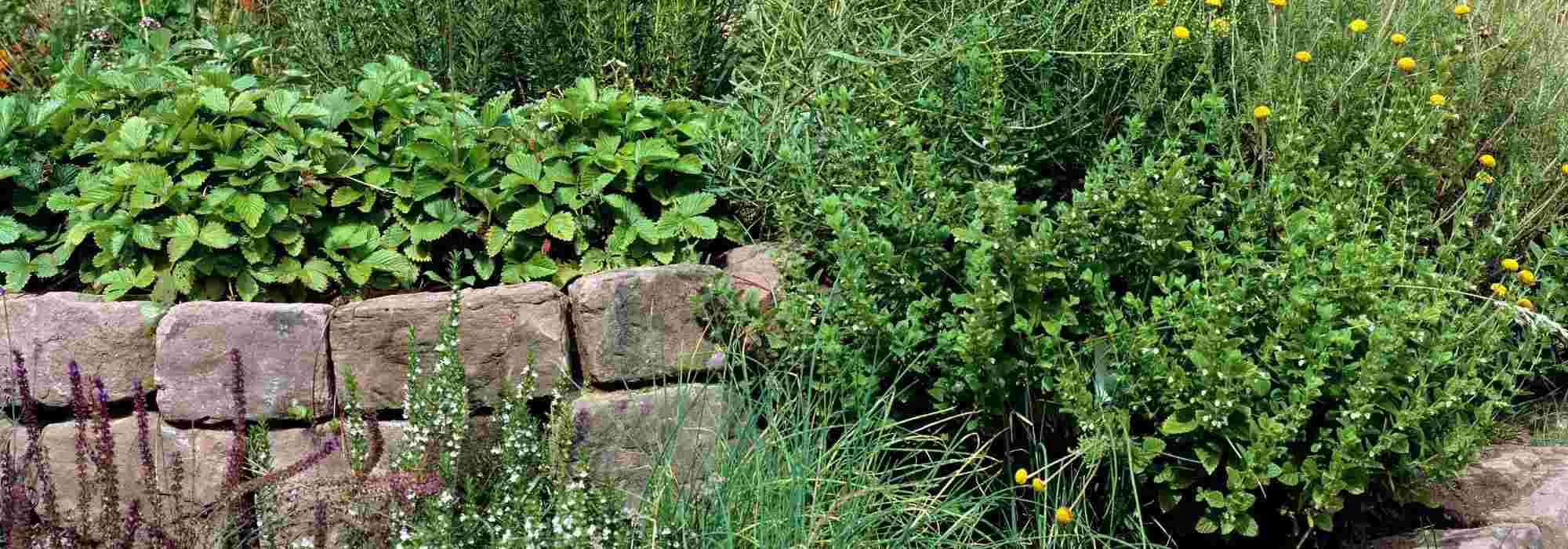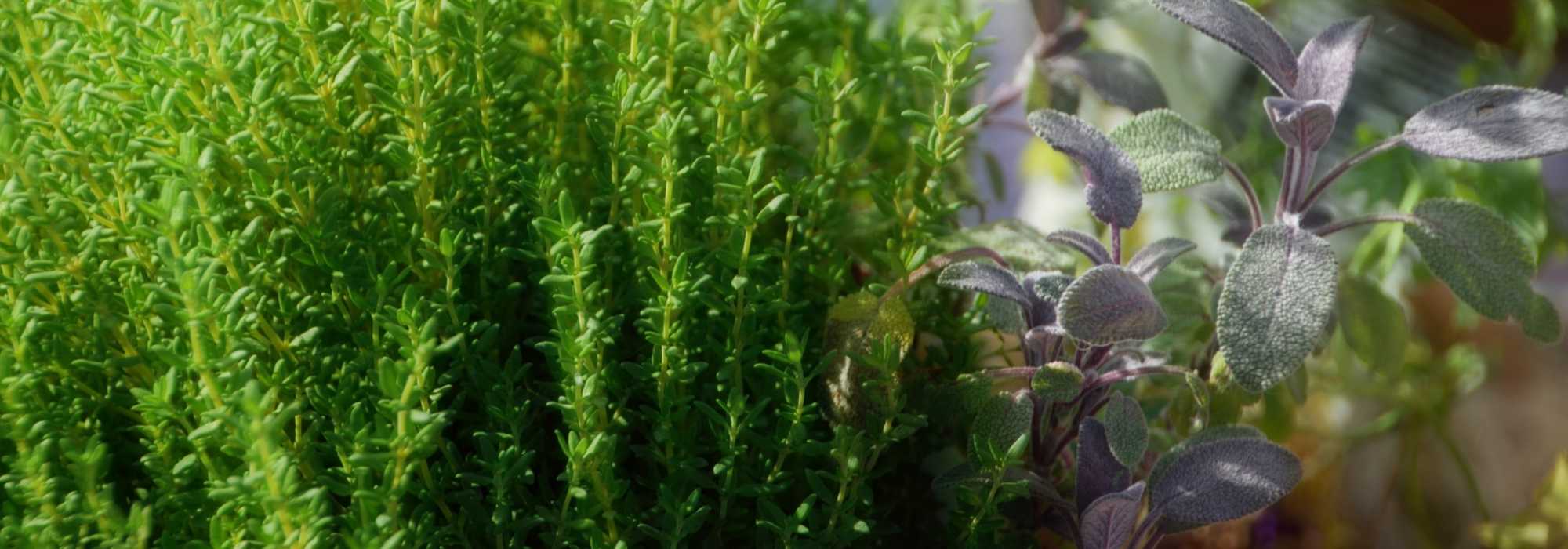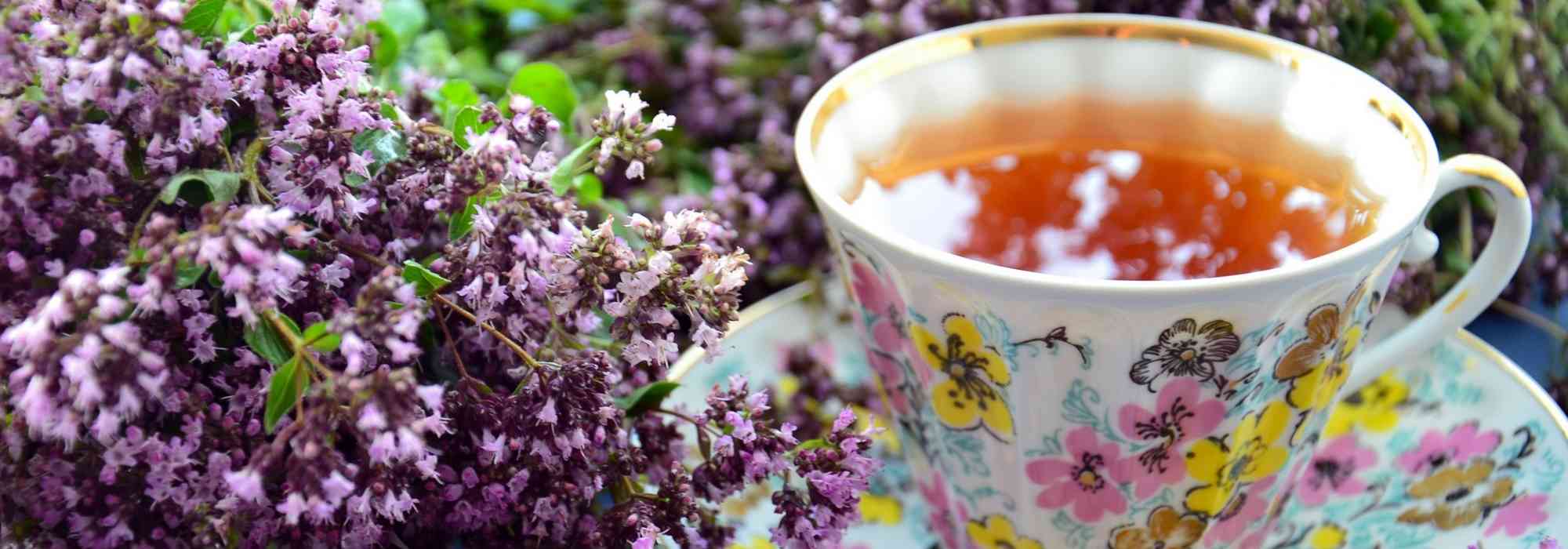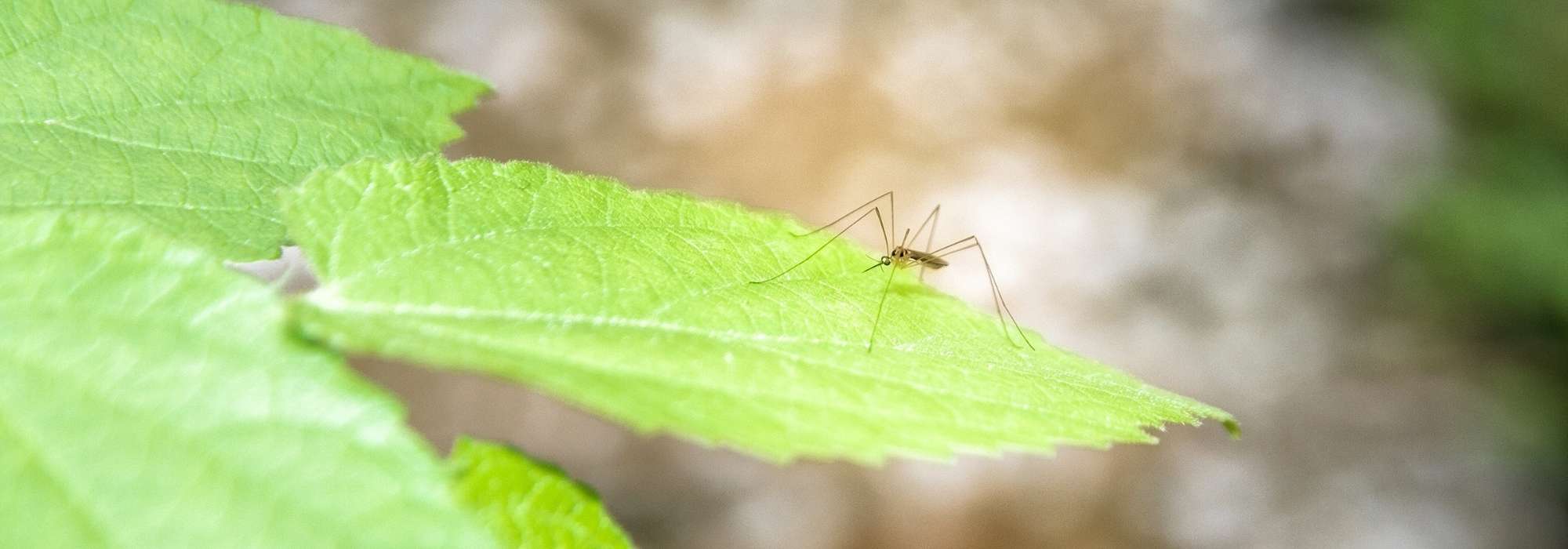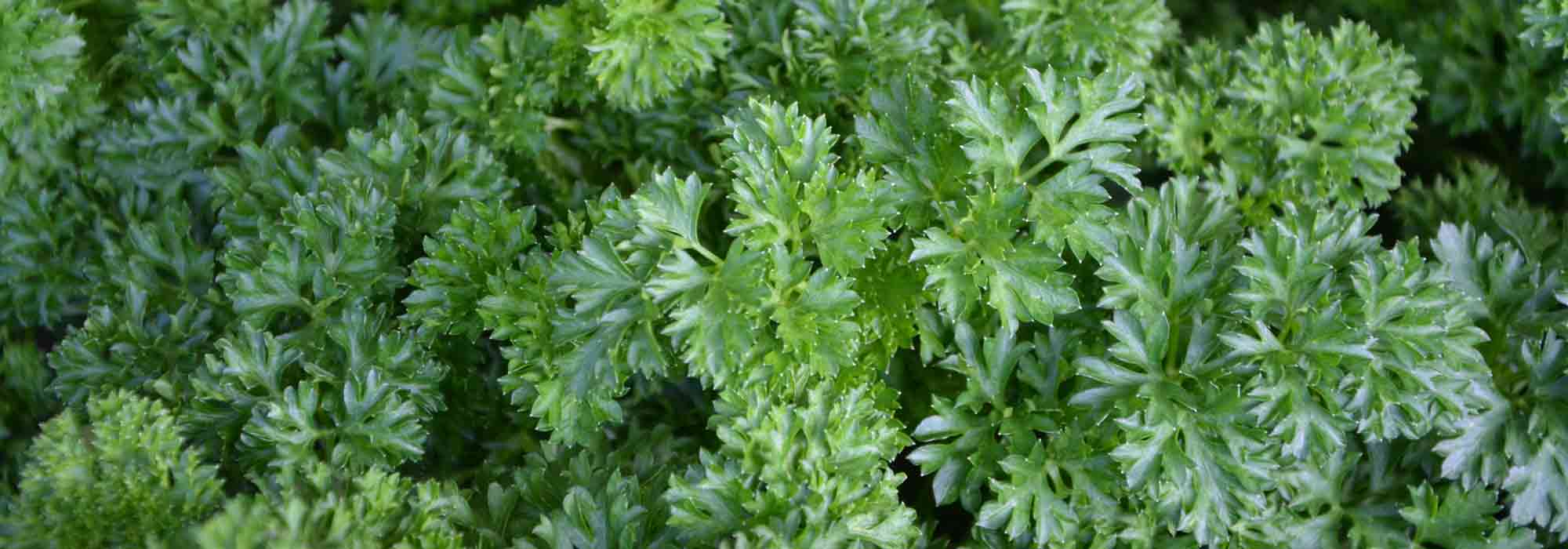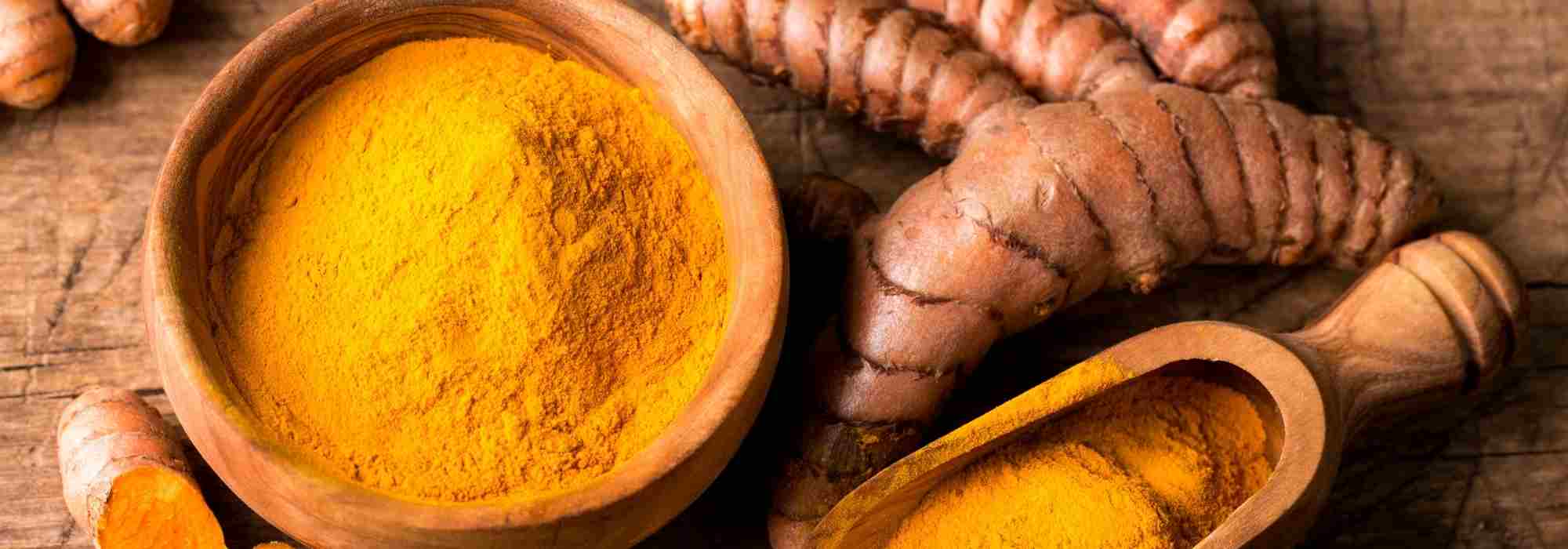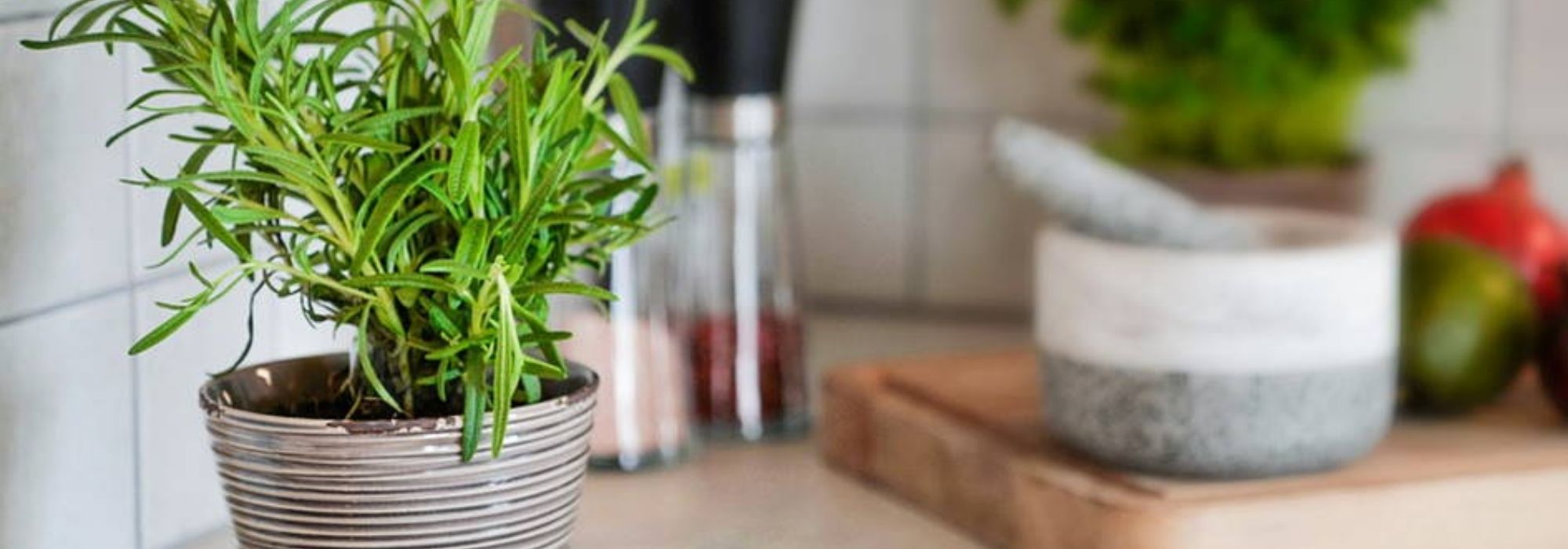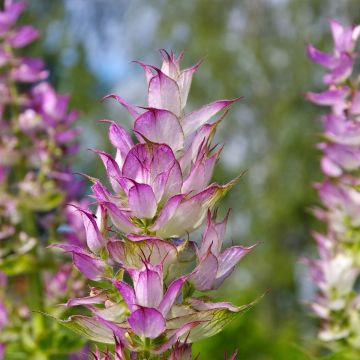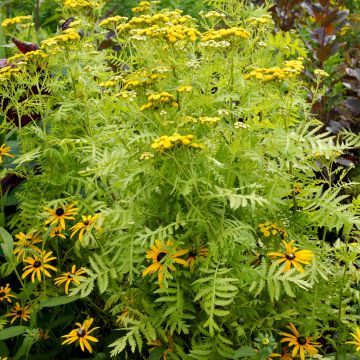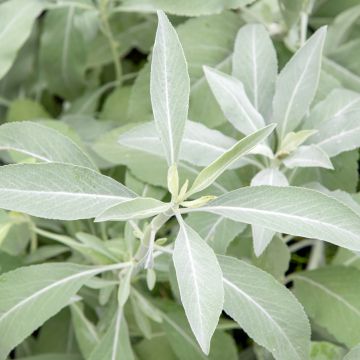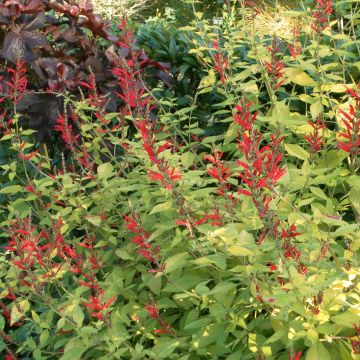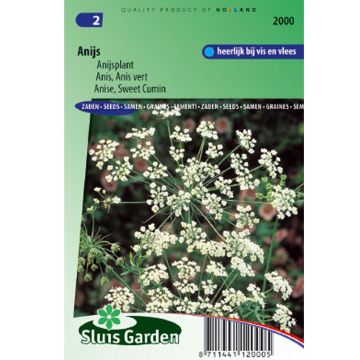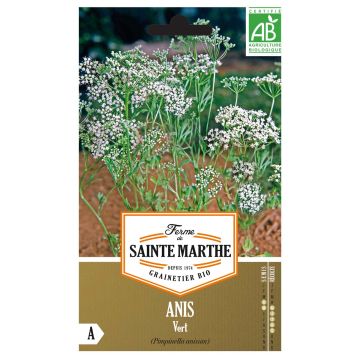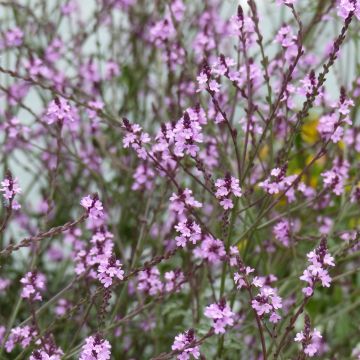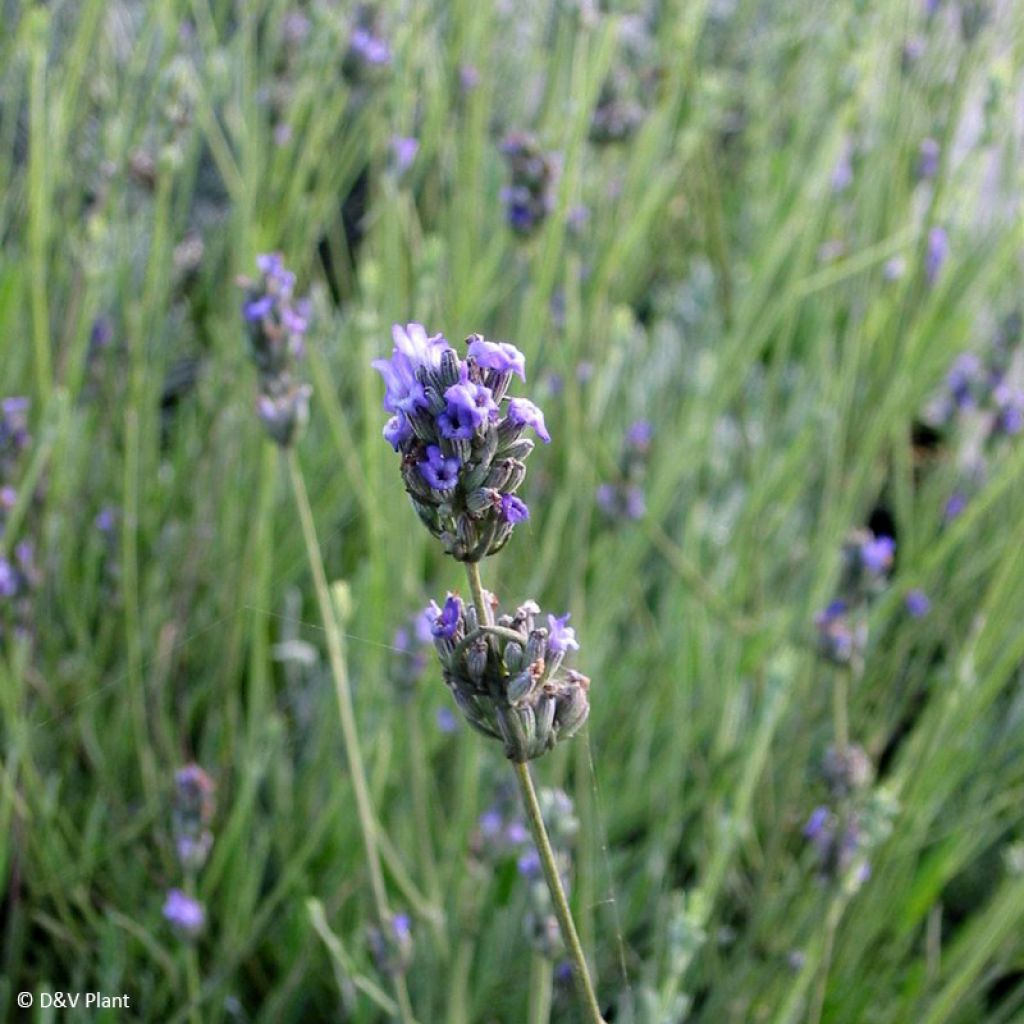

Lavande aspic ou à larges feuilles - Lavandula latifolia
Lavandula latifolia - Spike Lavender
Lavandula latifolia
Spike lavender, Broad-leaved lavender, French lavender
Flawless recovery
Jean-Paul L., 12/11/2022
Special offer!
Receive a €20 voucher for any order over €90 (excluding delivery costs, credit notes, and plastic-free options)!
1- Add your favorite plants to your cart.
2- Once you have reached €90, confirm your order (you can even choose the delivery date!).
3- As soon as your order is shipped, you will receive an email containing your voucher code, valid for 3 months (90 days).
Your voucher is unique and can only be used once, for any order with a minimum value of €20, excluding delivery costs.
Can be combined with other current offers, non-divisible and non-refundable.
Home or relay delivery (depending on size and destination)
Schedule delivery date,
and select date in basket
This plant carries a 6 months recovery warranty
More information
We guarantee the quality of our plants for a full growing cycle, and will replace at our expense any plant that fails to recover under normal climatic and planting conditions.
Description
Lavandula latifolia, also known as broad-leaved lavender or spike lavender, is a Mediterranean shrub appreciated for its light summer flowering, with blue-violet spikes, as well as its highly aromatic foliage. This botanical species is distinguished by its leaves, which are wider than those of its relative, Lavandula angustifolia or officinalis, and its less delicate, more woody aroma. The foliage is grey-green in winter and spring, turning silver in summer.
Lavandula latifolia is both ornamental, aromatic, and medicinal. It naturally grows in Mediterranean regions, in rocky and sunny areas. It is an undershrub that reaches a height of 60 cm (24in) when flowering (20 to 35 cm (8 to 14in) for the foliage) and a width of 40 to 50 cm (16 to 20in). The thin flower spikes appear in July and August. At their tip, small inflorescences composed of tiny blue-purple flowers which vary in darkness. These are fragrant, nectar-rich, and honey-producing, blooms. Its linear leaves are evergreen in winter, taking on silver reflections under the effect of heat and drought.
Lavandula latifolia thrives in well-drained, poor, sandy, or rocky soil. It can also be grown in a pot, although watering can be a bit tricky to manage: in summer, a soil that is both warm and constantly moist will cause it to perish. In ornamental gardens, its fragrant and decorative flowers will integrate beautifully into rockeries and gravel beds where it can self-seed. We advise against planting it in vegetable gardens where the soil is often very rich and watered, which it does not like. This honey-producing plant will attract pollinating insects. Bees will enjoy foraging in its flowers and produce a very tasty light honey. When cultivated in pots, it will enhance patios and balconies. Lavandula latifolia is hardy down to -14°C if the soil is rocky, well-drained, and dry.
The dried flowers pleasantly scent linen or potpourri. The use of lavender in cooking is less well-known but equally interesting. The leaves can flavour white meats, game, or marinades. The flowers enhance or perfume salads, roasted meats, ice creams, or custards. They should be used sparingly as their scent is strong.
Furthermore, lavender is renowned for its antiseptic, calming, and purifying properties. The smell of lavender repels certain insects and deters gastropods.
Harvesting: Cut the flowers in summer. If you wish to dry them, pick the spikes that are not yet ripe, preferably in the morning. The leaves can be harvested in May.
Preservation: The leaves can be dried in the shade and stored in a container protected from light and humidity. To dry the flowers, hang a bouquet of spikes upside down in a dry and ventilated place.
Report an error about the product description
Harvest
Plant habit
Foliage
Other Herbs A to Z
View all →Planting and care
Plant this broad-leaved lavender in spring, after the last frost, or in autumn in Mediterranean regions. Choose a very sunny exposure.
In open ground:
Lavender latifolia thrives in poor and well-drained soils, which are ideally stony to sandy, and dry in winter and summer. It tolerates limestone soils very well. If necessary, add stones at the time of planting. Add gravel to clay soils and plant on a mound or in a raised bed. If you plant multiple plants, space them 50 cm (20in) apart in all directions. Soak the root ball in water for 1/2 hour before planting. Dig a hole (3 times the volume of the root ball), place the root ball in, untangling the roots if necessary, and cover with fine soil. Firmly pack and lightly water.
In a pot: Soak the root ball in water for 1/2 hour before planting. Place a layer of gravel at the bottom of the pot to facilitate drainage. Fill the pot with a mix of potting soil and sand. Place the root ball in, untangling the roots if necessary, and cover with soil. Firmly pack and lightly water. Watering potted lavender requires some delicacy: let the substrate dry out a bit between waterings. A substrate that is constantly warm and moist will cause this plant to rot.
Prune lightly after flowering. In regions with cold winters, prune in early spring, in March, by cutting back one third of the tuft, above the woody part. Make sure that you keep the rounded shape of the lavender.
Water moderately in the first year and possibly again in the second summer in very dry regions. After that, the plant will not need watering. Lavender is sensitive to excessive moisture, both in summer and winter.
Cultivation
Care
Intended location
Planting & care advice
-
, onOrder confirmed
Reply from on Promesse de fleurs
Similar products
Haven't found what you were looking for?
Hardiness is the lowest winter temperature a plant can endure without suffering serious damage or even dying. However, hardiness is affected by location (a sheltered area, such as a patio), protection (winter cover) and soil type (hardiness is improved by well-drained soil).

Photo Sharing Terms & Conditions
In order to encourage gardeners to interact and share their experiences, Promesse de fleurs offers various media enabling content to be uploaded onto its Site - in particular via the ‘Photo sharing’ module.
The User agrees to refrain from:
- Posting any content that is illegal, prejudicial, insulting, racist, inciteful to hatred, revisionist, contrary to public decency, that infringes on privacy or on the privacy rights of third parties, in particular the publicity rights of persons and goods, intellectual property rights, or the right to privacy.
- Submitting content on behalf of a third party;
- Impersonate the identity of a third party and/or publish any personal information about a third party;
In general, the User undertakes to refrain from any unethical behaviour.
All Content (in particular text, comments, files, images, photos, videos, creative works, etc.), which may be subject to property or intellectual property rights, image or other private rights, shall remain the property of the User, subject to the limited rights granted by the terms of the licence granted by Promesse de fleurs as stated below. Users are at liberty to publish or not to publish such Content on the Site, notably via the ‘Photo Sharing’ facility, and accept that this Content shall be made public and freely accessible, notably on the Internet.
Users further acknowledge, undertake to have ,and guarantee that they hold all necessary rights and permissions to publish such material on the Site, in particular with regard to the legislation in force pertaining to any privacy, property, intellectual property, image, or contractual rights, or rights of any other nature. By publishing such Content on the Site, Users acknowledge accepting full liability as publishers of the Content within the meaning of the law, and grant Promesse de fleurs, free of charge, an inclusive, worldwide licence for the said Content for the entire duration of its publication, including all reproduction, representation, up/downloading, displaying, performing, transmission, and storage rights.
Users also grant permission for their name to be linked to the Content and accept that this link may not always be made available.
By engaging in posting material, Users consent to their Content becoming automatically accessible on the Internet, in particular on other sites and/or blogs and/or web pages of the Promesse de fleurs site, including in particular social pages and the Promesse de fleurs catalogue.
Users may secure the removal of entrusted content free of charge by issuing a simple request via our contact form.
The flowering period indicated on our website applies to countries and regions located in USDA zone 8 (France, the United Kingdom, Ireland, the Netherlands, etc.)
It will vary according to where you live:
- In zones 9 to 10 (Italy, Spain, Greece, etc.), flowering will occur about 2 to 4 weeks earlier.
- In zones 6 to 7 (Germany, Poland, Slovenia, and lower mountainous regions), flowering will be delayed by 2 to 3 weeks.
- In zone 5 (Central Europe, Scandinavia), blooming will be delayed by 3 to 5 weeks.
In temperate climates, pruning of spring-flowering shrubs (forsythia, spireas, etc.) should be done just after flowering.
Pruning of summer-flowering shrubs (Indian Lilac, Perovskia, etc.) can be done in winter or spring.
In cold regions as well as with frost-sensitive plants, avoid pruning too early when severe frosts may still occur.
The planting period indicated on our website applies to countries and regions located in USDA zone 8 (France, United Kingdom, Ireland, Netherlands).
It will vary according to where you live:
- In Mediterranean zones (Marseille, Madrid, Milan, etc.), autumn and winter are the best planting periods.
- In continental zones (Strasbourg, Munich, Vienna, etc.), delay planting by 2 to 3 weeks in spring and bring it forward by 2 to 4 weeks in autumn.
- In mountainous regions (the Alps, Pyrenees, Carpathians, etc.), it is best to plant in late spring (May-June) or late summer (August-September).
The harvesting period indicated on our website applies to countries and regions in USDA zone 8 (France, England, Ireland, the Netherlands).
In colder areas (Scandinavia, Poland, Austria...) fruit and vegetable harvests are likely to be delayed by 3-4 weeks.
In warmer areas (Italy, Spain, Greece, etc.), harvesting will probably take place earlier, depending on weather conditions.
The sowing periods indicated on our website apply to countries and regions within USDA Zone 8 (France, UK, Ireland, Netherlands).
In colder areas (Scandinavia, Poland, Austria...), delay any outdoor sowing by 3-4 weeks, or sow under glass.
In warmer climes (Italy, Spain, Greece, etc.), bring outdoor sowing forward by a few weeks.






























